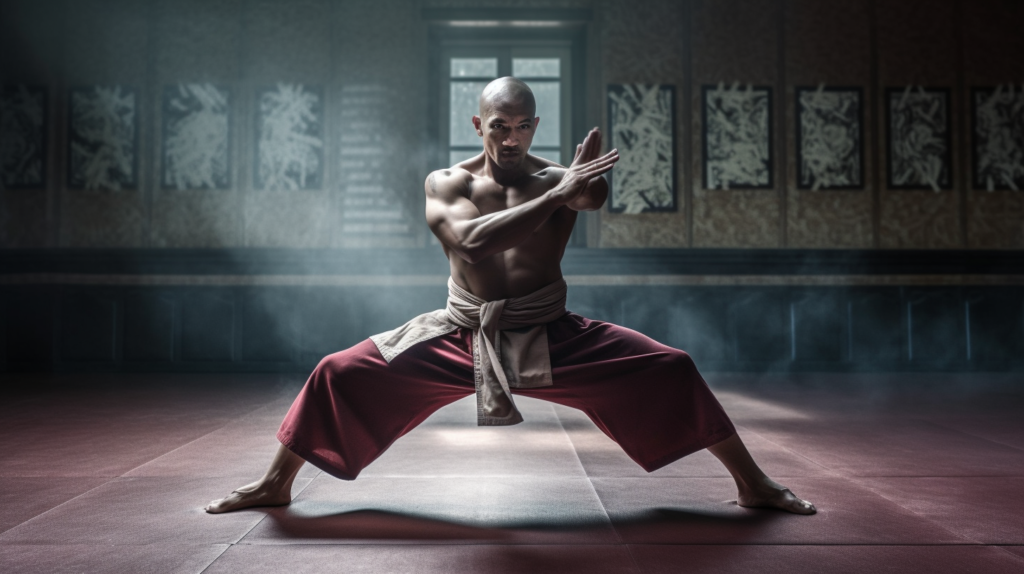Kung Fu is a centuries-old martial art form that originated in ancient China, known for promoting both physical fitness and mental discipline. It has captivatingly attracted millions of followers across the globe, especially as it can be witnessed in today’s TV shows, films, and sporting events. Among its core displays are the many different styles and techniques, such as the Shaolin Kung Fu.
The vast world of Chinese martial arts styles showcases an impressive variety of styles and techniques that have evolved over centuries. Each style of these martial arts contributes to the rich tapestry of these ancient art forms, reflecting both the diversity and unity found within China’s cultural heritage.
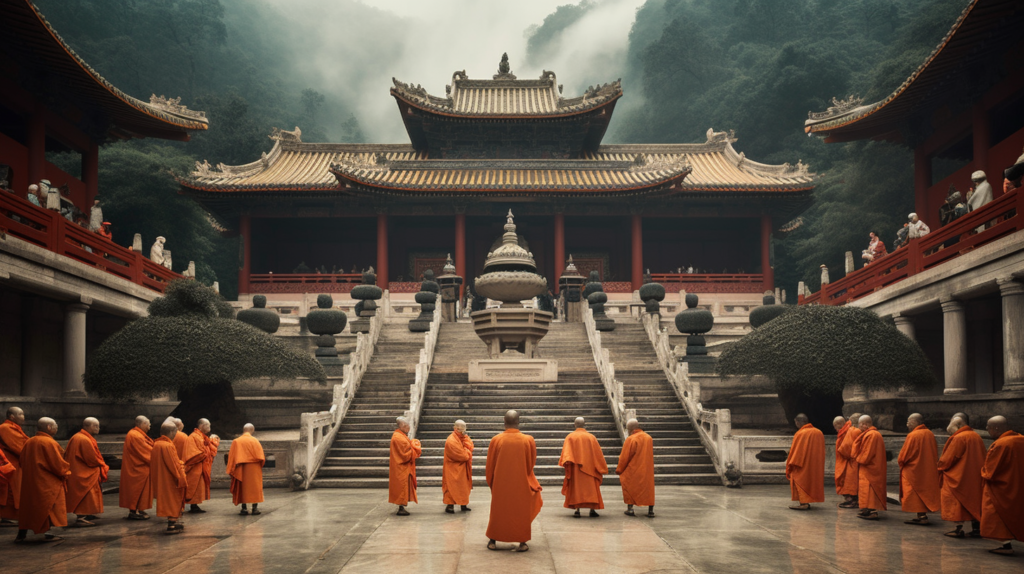
Whether exploring Southern or Northern kung fu practices, Shaolin traditions held deep by Shaolin Monks, or unique styles like Wing Chun, every contribution allows students to delve deeper into a journey of self-discovery, focus, discipline, and physical fitness that encapsulates aspects far beyond their perceived limits.
Exploring seven prevalent styles of Shaolin Kung Fu alongside other dominant styles will ultimately provide enthusiasts with a better understanding of this fascinating art.
Seven Shaolin Kung Fu Styles
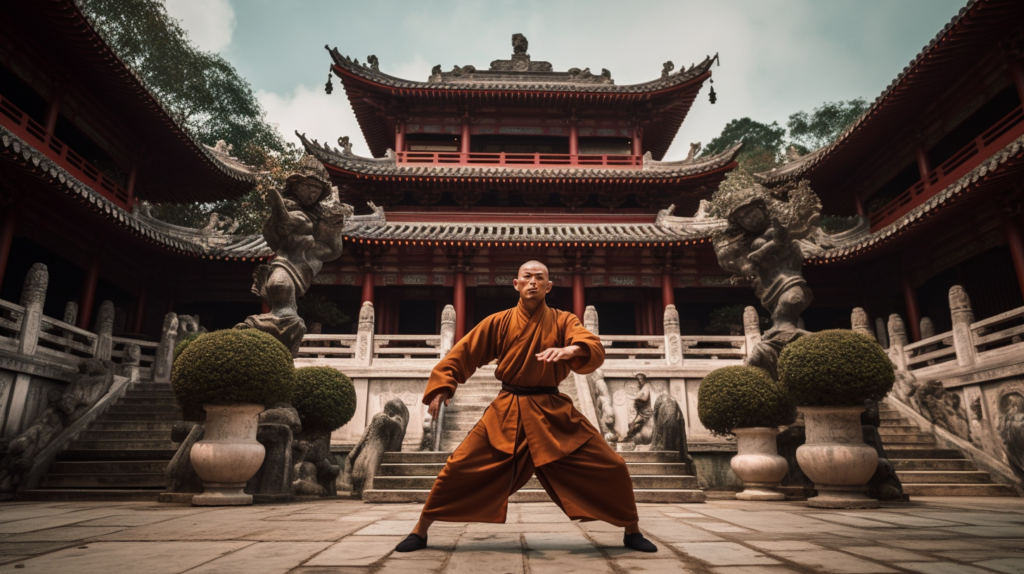
Shaolin Kung Fu is one of the most highly respected and influential martial arts styles in the world. Originating in the Shaolin Temple in China, this ancient martial art has an illustrious history spanning over 1500 years. It is a testament to the skill and dedication of Shaolin monks who have trained tirelessly in this discipline for centuries. These monks are not only kung fu practitioners but also spiritual leaders who have transcended the boundaries between physical and spiritual development.
There is a diverse range of styles within Shaolin Kung Fu that cater to individual abilities and preferences. Some key styles include animal imitation techniques, such as tiger, crane, or monkey style; internal martial arts focused on breath and energy flow; and external martial arts emphasizing power and speed.
The Shaolin monks have always placed utmost importance on flexibility and adaptability in their training methods – evolving their practice to suit different purposes and goals. Today, thousands of kung fu practitioners aspire to learn these techniques from the legendary Shaolin monks as they continue to refine and promote these formidable martial arts around the world.
1. Long Fist Style (Changquan)
Long Fist is one of the primary external styles practiced within Shaolin Kung Fu. It combines grace with power through various long-range punches, kicks, strikes, and jumping movements which exercise agility and versatility.
2. Southern Fist Style (Nanquan)
Southern Fist styles, a prominent sub-category within the broader scope of Southern Kung Fu styles, also benefit from historical and cultural richness characteristic of southern China’s ever-evolving martial arts landscape. Throughout their development, these Southern styles borrowed inspirations from multiple lineages within other Kung Fu traditions.
As Southern Fist styles manifested across different provinces such as Fujian and Guangdong, their techniques diversified considerably yet consistently retained essential philosophies specific to southern Chinese martial arts ideologies.
One cannot dismiss the significance of any single Kung Fu style found within the diverse array of Southern Fist styles. Just as each individual Kung Fu style contributes distinct features to Southern styles as a whole—be it via specialized stances or fighting principles—all variants cultivate integral links into a greater tapestry where artistry, combat utility, mental discipline converge indistinguishably.
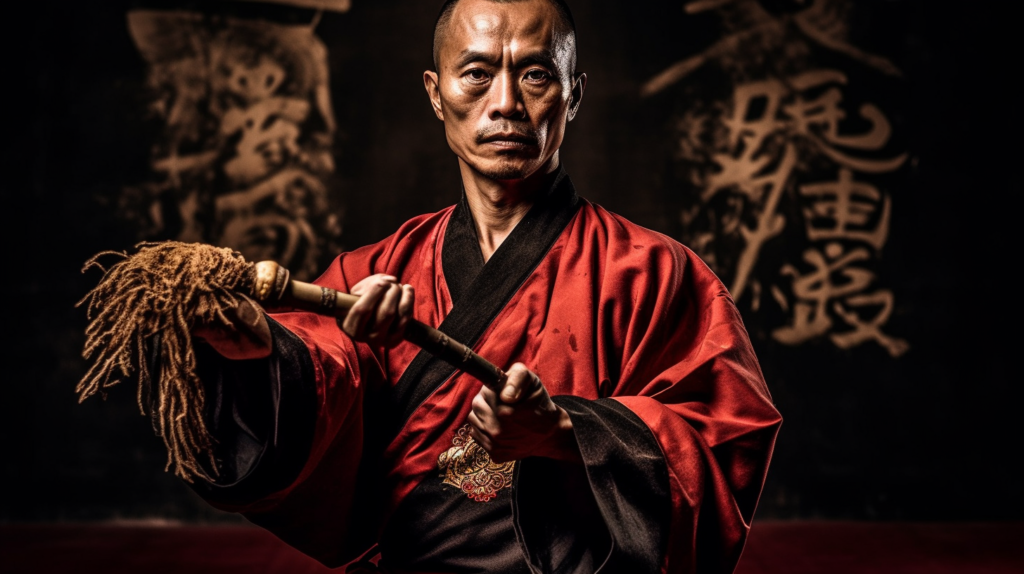
Every martial artist exploring various Southern styles in depth inevitably unravels layers upon layers that connect practices back through centuries onto fundamental physics laws governing how human entities exert power optimally whilst battling external forces vying for personal boundaries’ infringement in various contexts.
Whether one pursues heightened self-protection preparedness or passion-driven pathways chasing enriching fitness enactment amidst ancestral art forms’ backdrop, engaging with any specific Southern Kung Fu style never ceases to ignite inspiration spanning mind-body-care interweavings extending infinitely beyond pure exhilaration derived purely from purposeful motion-action amalgamations.
3. Wing Chun
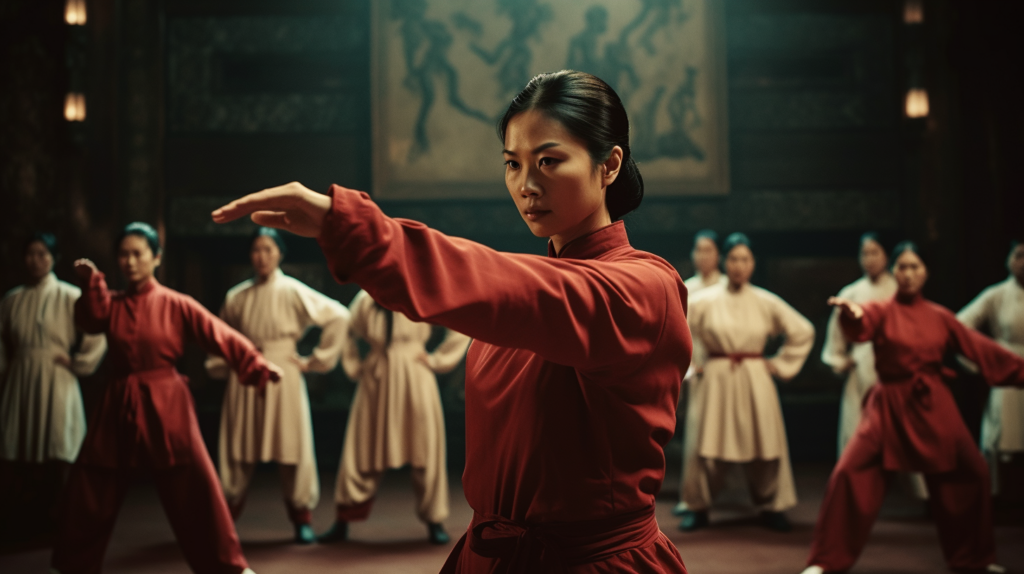
The Wing Chun style, rooted in Southern Chinese martial arts traditions, holds a pivotal place in the world of self-defense and combat techniques. Its intriguing beginnings can be traced back to the Shaolin Temple during the Qing dynasty, with various legends attributing its creation to a female Shaolin master named Ng Mui (Five Plums Nun).
The legend has it that she developed the Wing Chun style after witnessing a fight between a snake and a crane, which inspired her to create an effective fighting technique suitable for individuals with smaller stature or less physical strength. Eventually, this innovative martial art form was passed down through generations and gained popularity across the globe.
At its core, Wing Chun embraces simplicity derived from efficiency and practicality. Deviating from flashy or purely aesthetic moves which are common in other martial arts forms, it centers around direct combat utilizing linear movements, rapid advancement towards an opponent’s weak points, and maintaining control over one’s center of gravity.
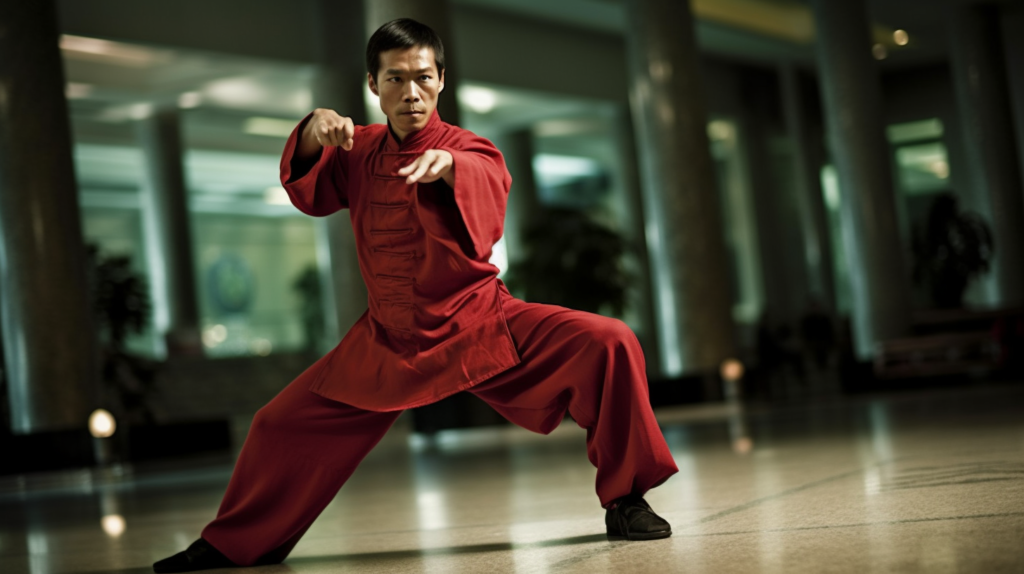
Its premise lies in employing an adversary’s own force against them while simultaneously exploiting their vulnerabilities through impressive footwork and precision-targeted hand strikes. Bursting into mainstream consciousness primarily through the teachings of Grandmaster Ip Man and legendary martial artist Bruce Lee, the Wing Chun style continues to captivate enthusiasts as an accessible yet powerful means of both self-defense and personal development.
4. Northern styles
The Northern styles of Chinese martial arts, with their distinctive blend of swift footwork and prominent leaps, are known for a high level of athletic prowess integral to the overall Kung Fu experience.
Often credited to have developed in the larger areas surrounding the Northern Shaolin Kung Fu monasteries, these styles hold a revered position within China’s extensive history of martial arts mastery. The expansive geographic regions associated with Northern styles enabled the continuous incorporation of inspiration from an array of indigenous combat forms also woven into the fabric comprising China’s abundant martial repertoire.
Key attributes such as fluid movement and agility in northern styles set them apart remarkably from alternative counterparts, including Southern counterparts within Chinese Kung Fu. Most notably, northern kicks hold substantial importance in these techniques—a fact that’s reiterated continuously across various northern-style practices wherein dynamic kicks feature prominently as both offensive weaponry and displays projecting unwavering confidence during battle.
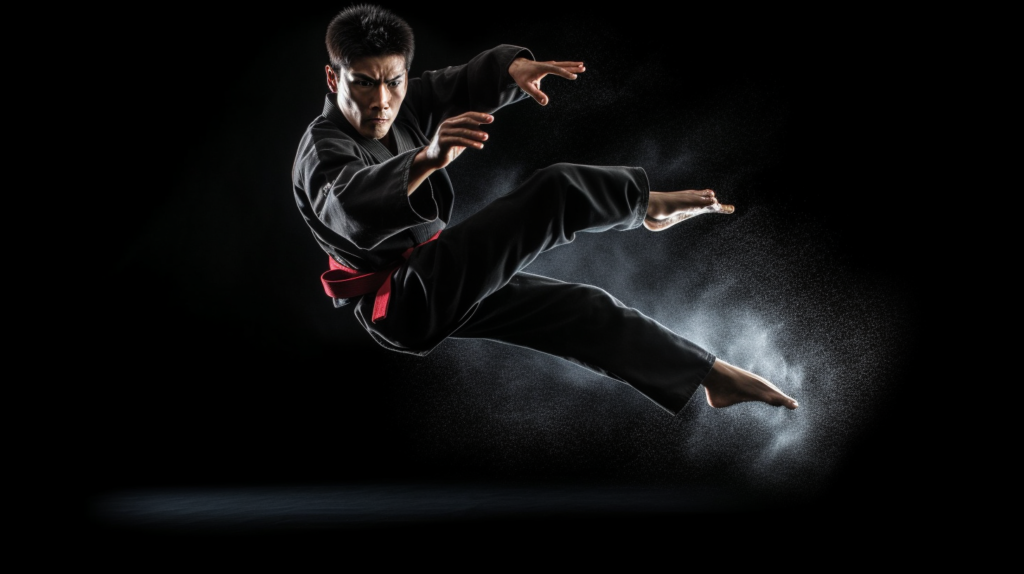
Throughout numerous northern styles, practitioners are taught to hone vast arrays emphasizing high-flying jumping or spinning maneuvers—which many consider ‘classic’ Northern Kung Fu features—incorporating northern kicks seamlessly amongst other moves to create coordinated sequences both exceptionally flawless and powerfully engaging.
Training avidly within northern styles reliably delivers a physically demanding workout demanding core strength alongside skill retention inherent to dances entailing laser precision-controlled maneuvers nestling purposefully into intricate choreography capturing generations’ worth of vibrant artistry itself condensed insightfully onto compelling fighting models.
5. Monkey Style
This extremely acrobatic kung fu method requires superior flexibility when mimicking how monkeys move – crawling, rolling, or leaping. Borrowing evasive and unexpected techniques proves ideal in freeing practitioners from tight spaces under pressure.
6. Tiger Style
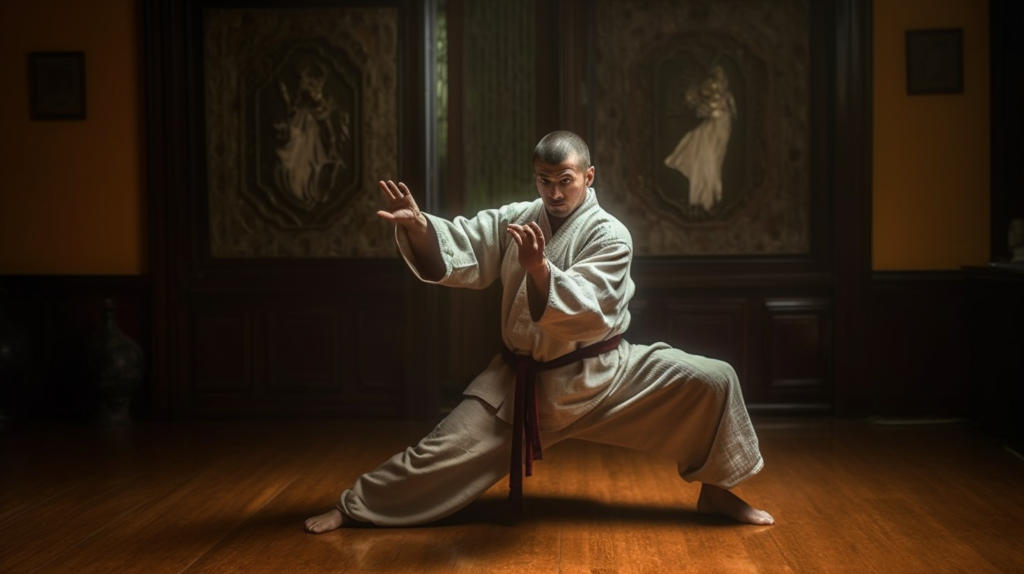
Arguably the strongest external technique within Shaolin Kung Fu, Tiger Style encourages powerful hand strikes using fingertips that emulate deadly claws gripping into flesh or tearing it apart. By concentrating strength in your arms, you unyieldingly increase the force of your attacks.
7. Crane Style
Defense is a primary focus for Chinese martial arts Crane Style practitioners; it emphasizes avoiding threats rather than aggressively striking back. Light, swift footwork combined with open-handed techniques prove integral in fending off adversaries while maintaining a safe distance.
Other Dominant Kung Fu Styles
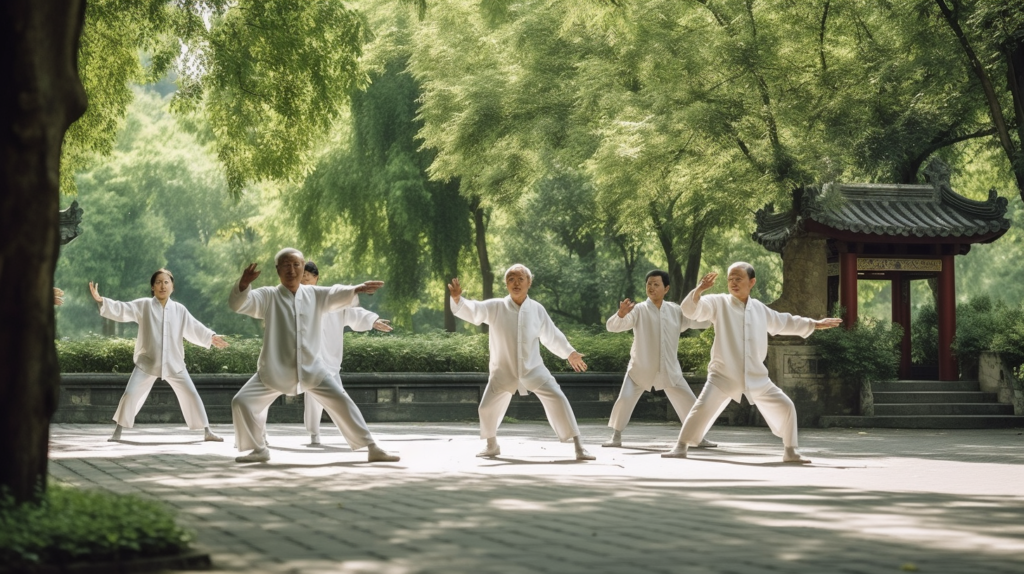
1. Tai Chi Chuan
One of the internal styles of Kung Fu focusing on slow movements and controlled breathing to cultivate internal energy (qi), Tai Chi Chuan is practiced throughout the world for its health benefits as well as defense capabilities.
Tai Chi is a majestic jewel in the extensive lineage of Chinese martial arts, tracing its inception back to the 12th century AD China under the guidance of Master Zhang San Feng. Promoting holistic well-being and internal balance through slow, purposeful movements and deep breathing exercises, Tai Chi embodies an enthralling fusion between martial arts techniques and spiritual cultivation grounded in ancient Taoist philosophies.
Withstanding the tests of time for several centuries, this revered practice gradually expanded beyond its original Chinese horizons—emerging as an exceptionally popular mainstay within both Eastern and Western cultures to date.

Through amalgamations combining self-defense methodologies embedded alongside meditative techniques evoking timeless wisdom draped in nature’s serenity itself, Tai Chi distinctly encompasses aspects appealing universally across individuals representing Chinese martial arts purist enthusiasts or casual fitness pursuers alike.
By emphasizing calmness and fluid motion sequences synchronized harmoniously with regulated breath cycles amidst frequently spiraling maneuvers training practitioners’ capacity to harness their internal energy (or “qi”) efficiently, this celebrated art form intriguingly departs from conventions popularly regarded commonplace within typical high-intensity sport fighting activities usually endorsed within intensely physical Chinese martial arts corresponding spaces. Ultimately providing ideal forums where participants progressively attune unrivaled unity amongst body-mind-soul triad relationships evidenced throughout escalated wellness multistability satisfying multi-dimensional demand metrics spanning multitude-centric requirements borne by vast cohorts exuding diversity arising daily globally-fronted life events.
Tai Chi Benefits
Tai Chi is a versatile and accessible martial art, offering numerous health benefits for people of any age. As a low-impact exercise, Tai Chi focuses on gentle movements, deep breathing, and mental concentration, making it suitable for individuals with varying levels of fitness and mobility.
The meditative aspects of this ancient practice help in reducing stress levels and enhancing mental well-being, while the physical components improve balance, coordination, and muscle strength. Incorporating Tai Chi into daily routines offers an inclusive approach to holistic wellness that can benefit everyone – from young adults seeking stress relief to seniors aiming to maintain their physical abilities with age.
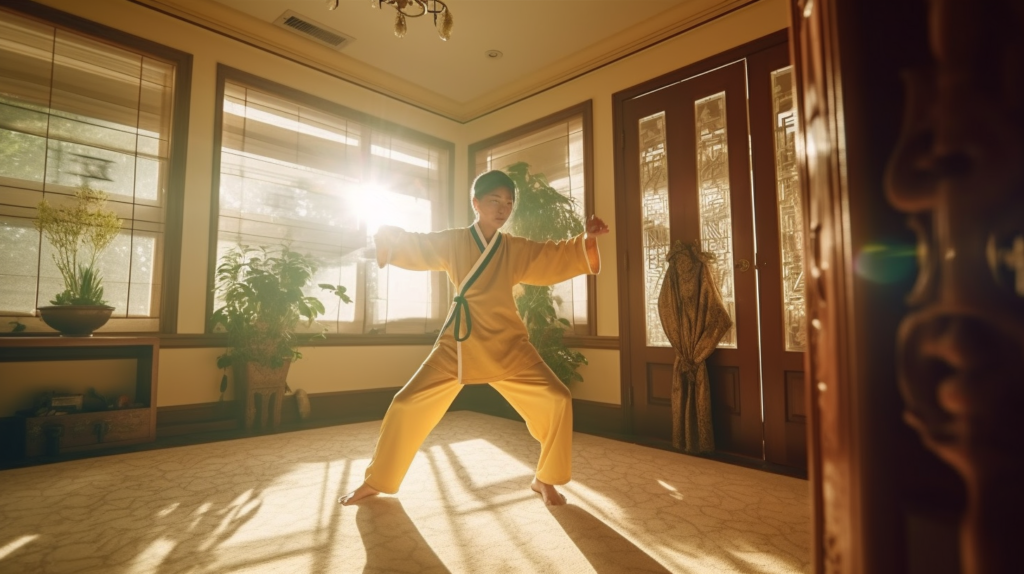
2. Hung Gar
Built on traditional Cat-style, concentrated stances form the foundation for the Hung Gar kung fu style which prioritizes strong arm and leg movements and transformative animal-inspired poses that draw power from stable surroundings cemented into grounding energy.
3. Baguazhang (Eight Trigram Palm)
Renowned for employing circular movements alongside walking meditation around the concept of ‘circle walking’, Baguazhang techniques utilize fluidity to counteract an attacker’s force through redirection whilst cultivating qi flow.
Choose Your Martial Arts Path
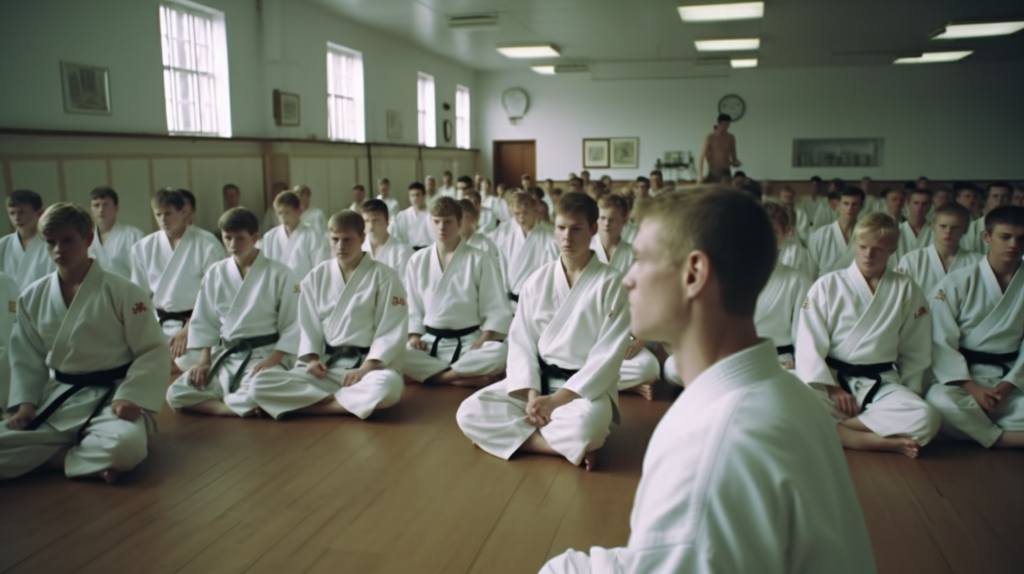
The legacy of Chinese martial art forms like Kung Fu remains eternally fascinating due to the intricate integration of spirituality, culture, and defense mechanisms within the myriad forms and styles it encompasses.
As martial arts continue to gain popularity around the globe, it is crucial for enthusiasts to recognize and embrace their roots within Chinese martial arts styles history and culture. By fostering a sincere appreciation for traditional teachings and embracing various elements incorporated in numerous styles, practitioners can nurture ongoing respect towards ever-intriguing artistry emerging from influential Chinese legacies branching out across dated chapters defying time’s trenchant tendencies to erase footprints onto where chronicles begin sharing unbreakable bonds uniting ever-proud ancestry onto multi-generational life stories spanning countless years ahead.
Your Kung Fu Style
By delving deeper into understanding varied styles exemplified by the seven prevalent Shaolin Kung Fu styles along with other dominant forms – one eventually appreciates not just its physical prowess but its universally enriching qualities intending to positively transform lives holistically throughout history.
Whether training in kung fu for self-defense, purely exercise-driven aspirations, or trying to become the next Bruce Lee, engaging in diverse martial arts creates unique opportunities for reflections upon richer layers and connections spanning centuries. Enjoy your continued exploration journey into these enthralling art practices lying underneath this time-honored martial artistry known as Kung Fu.

